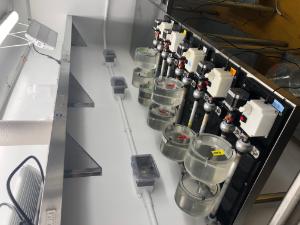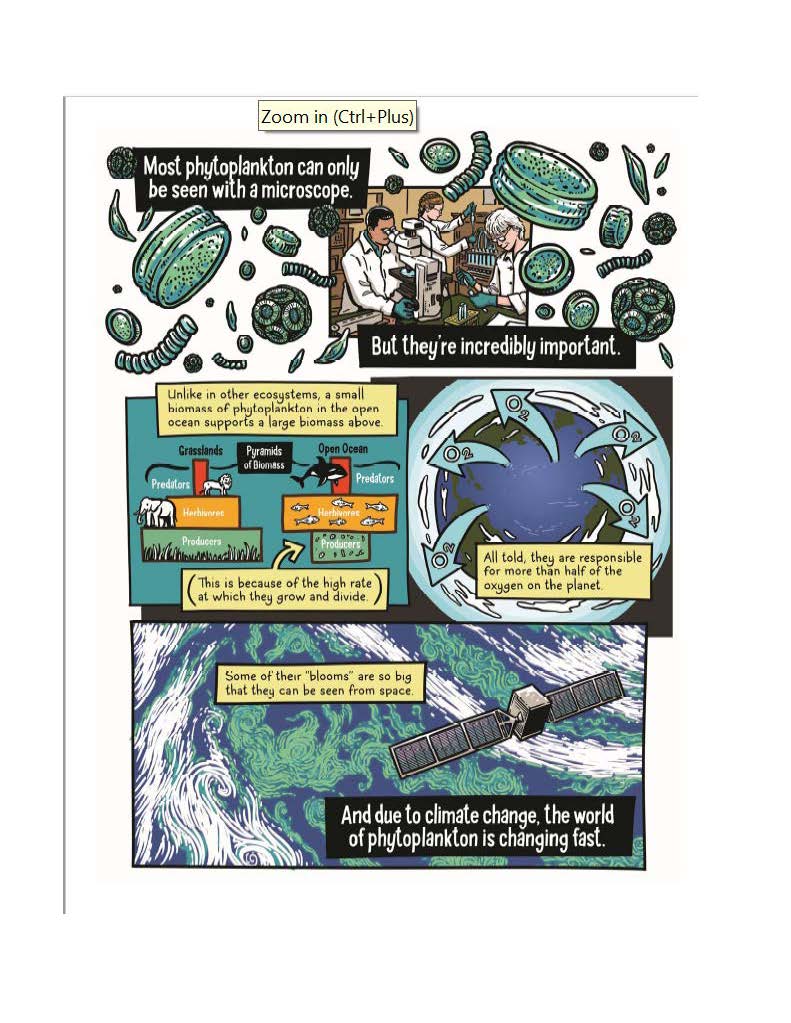Research Projects
Research Projects
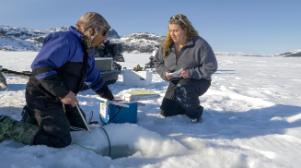
Sustainable Nunatsiavut Futures: As part of a larger project, and together with our collaborators from Nunatsiavut, we investigate phytoplankton and zooplankton communities under coastal sea ice near Nain and Postville, Labrador. This research aims to increase understanding of climate change and its impact on the coastal food web, e.g., on Arctic Char, an important food source in Nunatsiavut. These investigations are meant to provide a basis for the development of plans for a sustainable future in this very vulnerable region.

Northwest Atlantic Biological Carbon Pump: In collaboration with other teams investigating the biological carbon pump (BCP), we try to understand the importance of and potential changes to the BCP in the Labrador Sea. We investigate sinking particles, including marine snow, and the relationship between their composition and sinking velocity, as well as the roles of aggregation and fragmentation using marine snow catchers. This field work in the Labrador Sea is complemented with targeted laboratory experiments exploring marine snow fragmentation.
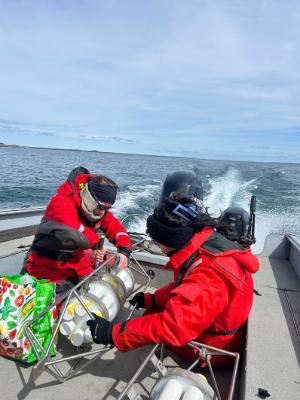
Multi-Partner Research Initiative: Within this governmental program, which prepares Canada for science-based response plans to oil spills, we investigate the role of dispersants on oil distribution and fate, the role of biodegradation, as well as the effects of oil on larger organisms like mussels and fish. Experimental biodegradation work is complemented by in situ experiments in the Great Lakes.
Baseline studies on microplastic: Within the Ecosystems and Ocean Sciences Contribution framework by Fisheries and Oceans Canada (DFO) we focus on the of distribution of microplastic in Placentia Bay and Bay d’Espoir/ Fortune Bay, aiming to understand microplastic sources, dispersal, and transport mechanisms. Our research in Bay d’Espoir is in close collaboration with MAMKA (Mi'kmaq Alsumk Mowimsikik Koqoey Association), aiming to protect these waterways from further harm.
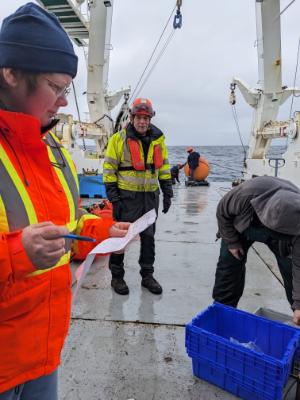
Transforming Climate Action (TCA): In this project we investigate the origin of particle flux in the deep ocean in the Labrador Sea as well as microplastic flux to the deep ocean (> 1000 m) in the Gulf of Mexico and the Labrador Sea, using moored sediment traps, as well as marine snow catchers. In collaboration with Dr. C. Parrish, we are using lipids as biomarkers to identify sources of sinking matter, asking what fraction of the POC flux stems directly from phytoplankton versus feces. Additionally, we are investigating the vertical transport pathways of microplastic. To assess the influence of the microplastic flux on carbon sequestration, we complement the trap analysis with laboratory experiments that target the incorporation of microplastic into marine snow. These laboratory experiments are conducted using rolling tanks, which allow us to mimic the continuous sinking of aggregates through the deep ocean.
